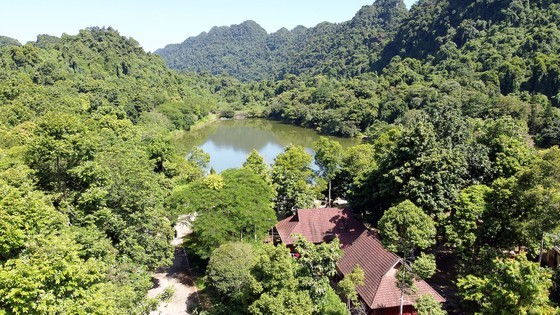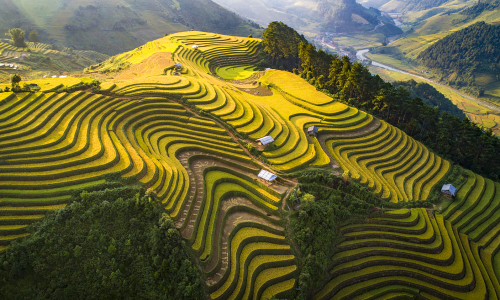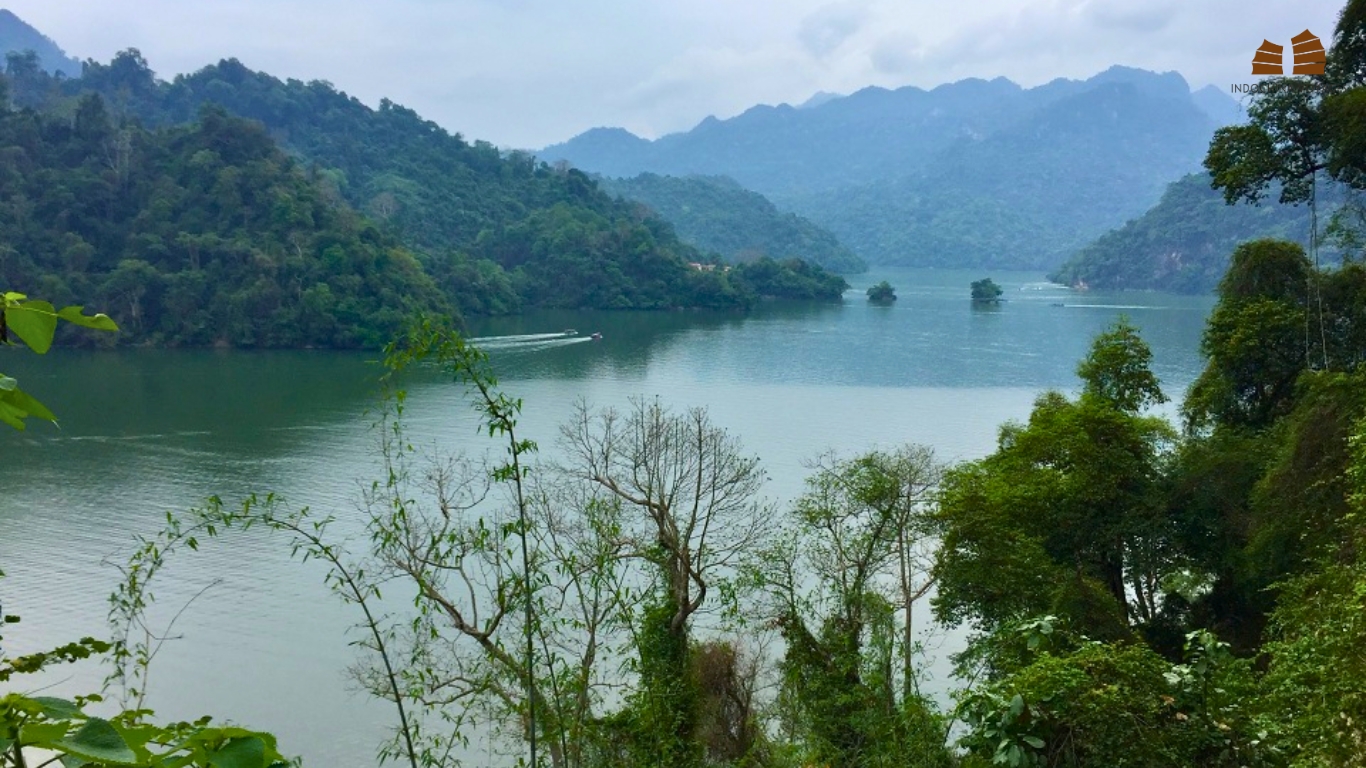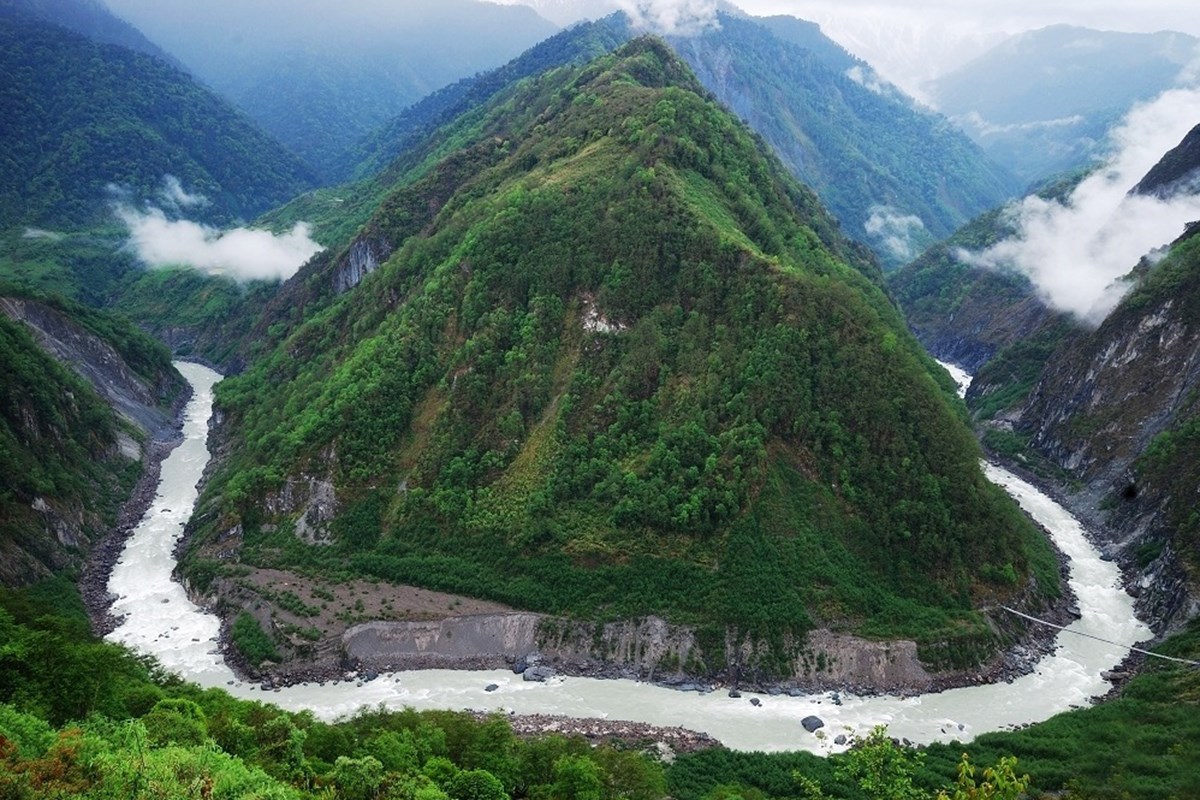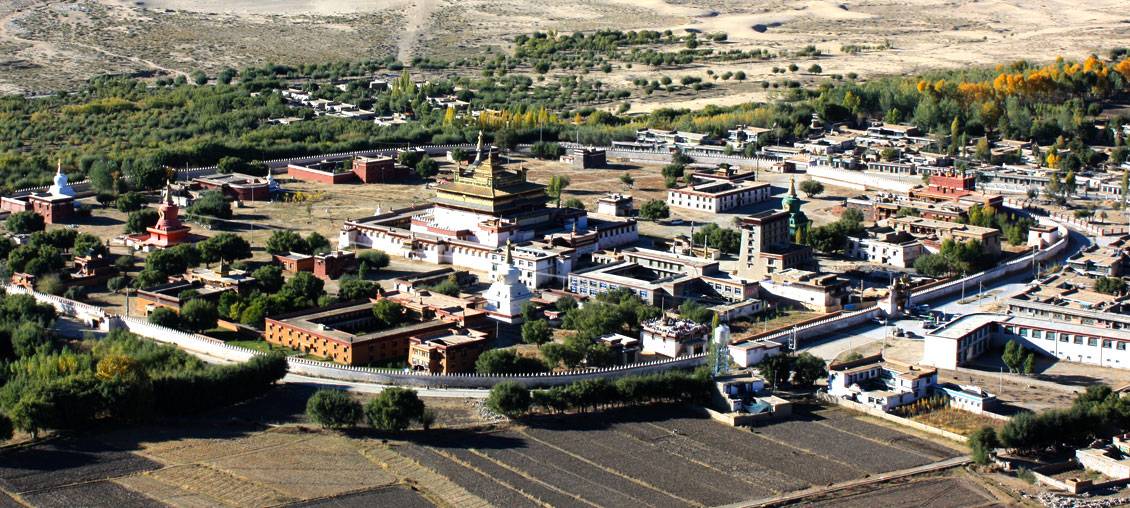The Rich Biodiversity of Ba Be National Park
Ba Be National Park, located in Bac Kan Province, Vietnam, is a natural treasure trove renowned for its rich biodiversity and stunning landscapes. Covering an area of approximately 100 square kilometers
Introduction
Ba Be National Park, located in Bac Kan Province, Vietnam, is a natural treasure trove renowned for its rich biodiversity and stunning landscapes. Covering an area of approximately 100 square kilometers, this national park is a haven for numerous species of flora and fauna, making it a hotspot for eco-tourism and conservation efforts.

Flora Diversity
*Ba Be National Park boasts a diverse range of flora, with lush forests, cascading waterfalls, and serene lakes contributing to its ecological richness. The park is home to over 1,200 species of vascular plants, including rare and endemic ones.
*Primary forests dominate the landscape, comprising valuable timber species such as ironwood, ebony, and po mu (fokienia hodginsii). These forests are essential for maintaining the park's ecological balance and providing habitats for various wildlife species.
*The park's diverse vegetation types, including limestone karsts, evergreen forests, and freshwater wetlands, support a myriad of plant species adapted to different ecological niches. Rare orchids, ferns, and medicinal plants add to the park's botanical significance.
Fauna Diversity
*Ba Be National Park is a haven for wildlife, harboring over 400 animal species, including many endemic and endangered ones. Among the notable inhabitants are the critically endangered Delacour's langur (Trachypithecus delacouri), an endemic primate species found only in northern Vietnam.
*The park's rich avifauna includes over 230 bird species, ranging from majestic raptors like the crested serpent eagle to colorful endemic species like the bar-backed partridge. Birdwatching enthusiasts flock to the park to catch glimpses of these feathered wonders in their natural habitats.
*In addition to primates and birds, Ba Be National Park is home to diverse mammalian species such as the Asian black bear, clouded leopard, and several species of bats. The park's rivers and lakes support rich aquatic biodiversity, including rare fish species like the giant barb and the humpback mahseer.
Conservation Challenges and Efforts
*Despite its ecological importance, Ba Be National Park faces various conservation challenges, including deforestation, habitat degradation, and illegal poaching. Human activities such as agriculture, logging, and infrastructure development pose significant threats to the park's biodiversity.
*To address these challenges, conservation organizations, government agencies, and local communities are implementing various initiatives aimed at protecting and preserving Ba Be National Park. These efforts include habitat restoration, community-based ecotourism projects, and law enforcement to combat illegal wildlife trade.
*Educational programs and awareness campaigns play a crucial role in promoting environmental stewardship and fostering sustainable development practices among local residents and visitors. By engaging stakeholders and fostering partnerships, conservationists strive to safeguard the park's natural heritage for future generations.
Conclusion
Ba Be National Park stands as a testament to Vietnam's natural beauty and biodiversity, offering visitors a glimpse into its ecological wonders and cultural heritage. As a UNESCO-recognized biosphere reserve, the park serves as a model for sustainable conservation and ecotourism practices, demonstrating the importance of preserving our natural heritage for the benefit of all. With continued conservation efforts and community involvement, Ba Be National Park will hopefully thrive as a sanctuary for biodiversity and a source of inspiration for generations to come.


